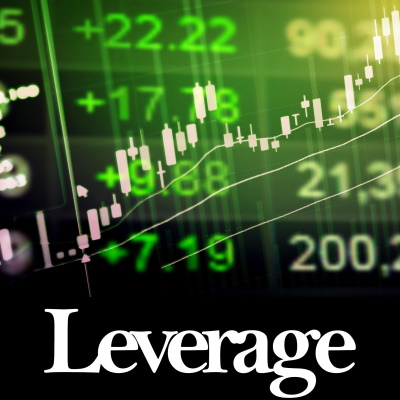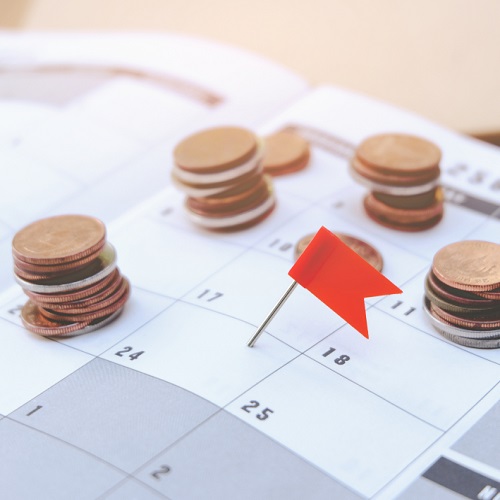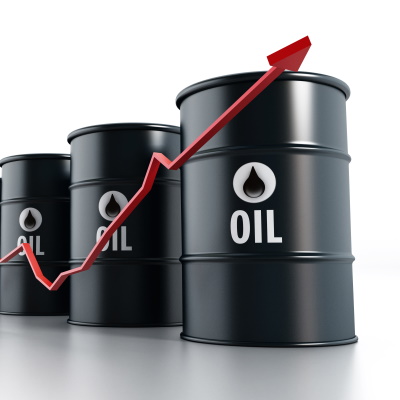When to trade using leverage
What is leverage trading? Discover the basics with Queensway and find out how to wisely use Forex leverage in your trading strategy

Leveraging Success
One of the main advantages of dealing in the Forex market is that it is a highly leveraged market for both professional and retail traders. This means that higher market exposure can be exploited to enhance leverage trading strategies.
Just about anyone who trades currency pairs via an online Forex broker nowadays will trade with leverage using a margin account. Some traders who want to take a high degree of risk will even determine the best Forex broker for their speculative purposes by using one that offers the largest leverage ratio.
So, what is leverage trading? And how can one use Forex leverage to best trade the currency market with an online broker? Let’s explore…
What is Leverage Trading? Understanding Leverage Ratio
A leverage ratio represents how much trading capital one can use to invest in the currency market (or any other markets for that matter), thanks to one’s ability to borrow money from a broker.
Leverage ratios for retail Forex trading accounts typically vary from as low as 10:1 to as high as 30:1, depending on the particular broker involved. A maximum leverage ratio of 400:1 means that a Forex trader can use one currency unit to control a position size of up to 400 currency units.
The available leverage ratio for an account can also depend on where one is physically located, as some nations regulate the amount of leverage available to protect retail investors.
The United States is one such country that limits the leverage ratio available to retail Forex investors operating within its jurisdiction, as does ESMA (the European Securities and Markets Authority).
When trading Forex through CFDs in Europe, the leverage available to retail traders has recently been limited by ESMA. One can still trade with the level of leverage one wants if categorised as a professional trader. For example, the leverage limits for major currency pairs is 30:1, while non-major currency pairs are limited to 20:1.
Have access to high leverage? You don’t have to use it…
All online traders use Forex leverage. It’s not about when to trade using leverage, but instead, how much leverage to use when trading. This will depend on the amount of risk one is willing to take.
One can usually take advantage of a high leverage ratio offered by a Forex broker to reduce margin deposit requirements while, at the same time, choosing to establish a smaller trading position to manage trading risk appropriately.
The Relationship between Margin and Leverage
Margin and leverage are somewhat like two sides of the same coin. They both generally relate to the risk taken in an account for the amount of funds deposited.
Specifically, the leverage ratio states the number of currency units one can control as a position with a margin deposit of one currency unit, while the margin percentage expresses the percent of a position required as margin to hold it.
You can calculate one of these quantities from the other as follows:
Margin Percentage = 100 x Leverage Ratio
and
Leverage Ratio = Margin Percentage/100
As an example, the margin percentage offered by a Forex broker that advertises a 1/200 leverage ratio — which can also be written 200:1 — would be 100×1/200 = 0.5%, while a broker that indicates a margin percentage of 0.2% applied to a trading account would be offering a leverage ratio of 0. 5%/100 or 500:1.
Many online Forex brokers quote leverage ratios ranging from 1:10 up to 1:500, or they might alternatively express the amount of risk you are able to take as a margin percentage ranging from 10% down to 0.2%.
Benefit and Risks of Leverage Trading
If you understand how leveraged trading works, it can become a powerful trading tool for any investor thanks to its many benefits. However, there are significant risks one should be aware of before starting one’s trading journey using leverage and margin.
A trader is only required to put down a portion of the total value of a position to make the same profit as for a traditional investment – leverage and margin trading, therefore, enables multiplying profit on successful positions.
However, it does the same for losing positions, which can often trigger margin calls.
When a position goes against the trader and losses are quickly increasing, a broker might require putting up additional funds in order to keep trading positions open. This warning is called a margin call.
This requires being extremely careful with leverage, especially when trading the FX market, as it is one of the most liquid and volatile ones out there, and currency pair prices can quickly change in value.
Money and risk management tools are therefore highly recommended when trading the FX market with leverage. Among the easiest to use are stop-loss and take-profit orders, which also happen to be the best tools in preventing trading capital from falling to zero.
Another great advantage offered by leverage is that it frees up trading capital that can be used for other investments (gearing opportunities).
Moreover, leveraged derivative products often enable taking advantage of both rising (going long) and falling markets (going short). Being able to go short on a market that doesn’t sleep is a great advantage, as it means one can profit from any type of market conditions around the clock.
A Final Word
Leverage trading can be an excellent asset if well understood and used wisely. Managing risk is therefore essential to securing one’s trading capital while using leveraged trading. Traders should not assume they have to use the maximum leverage on offer, but carefully study margin requirements from a broker to avoid margin calls.







